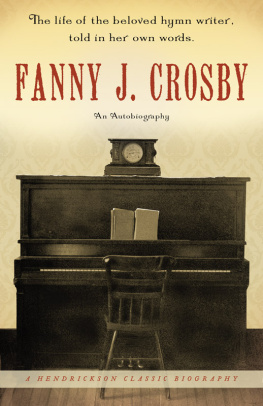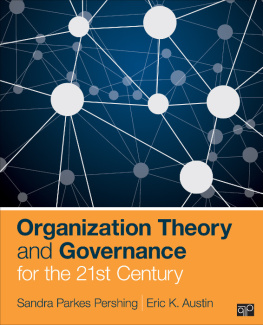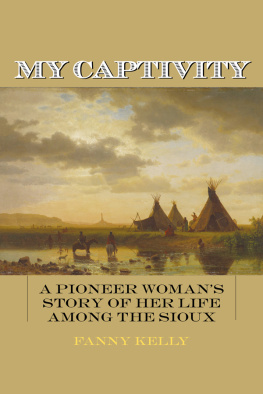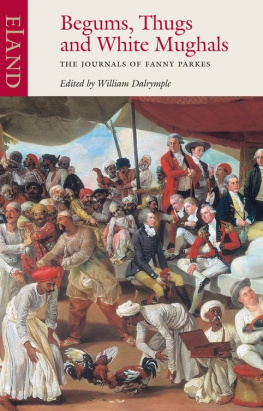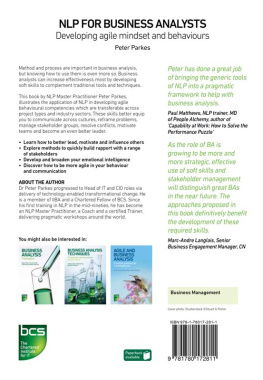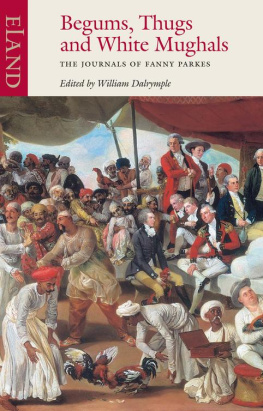THE DIORAMA OF HINDOSTN
Has been Painted by
Mr. PHILIP PHILLIPS;
The FIGURES and ANIMALS by Mr. LOUIS HAGHE;
The SHIPPING by Mr. KNELL.
The whole of the Scenes of the Diorama have been arranged by Lieutenant Colonel Luard , from his own original and unpublished sketches, taken during a residence of fourteen years in India; aided by the kindness of friends, who have placed at his disposal the original sketches of
The late Sir Charles DOyly , Bart.,
The late James Prinsep , Esq.,
The late Captain Prinsep ,
The late Colonel Edward Smith ,
Major White ,
William Prinsep , Esq.,
George Chinnery , Esq.,
Welby Jackson , Esq.,
and the Author of Wanderings of a Pilgrim, during Four-and-Twenty Years, in the East.
INTRODUCTION.
In the month of October, 1589, a body of English merchants addressed a memorial to her majesty, Queen Elizabeth, requesting licence to equip three ships for the purpose of trading to the East Indies: this request appears to have been favourably received, and in 1591 the first English commercial voyage was commenced in three vessels. It proved a disastrous one; but considerable experience was obtained, and the ardour of the English merchants was but little damped by the result.
In 1599 an association of merchant adventurers was formed in London, with a capital of 30,000l., for the purpose of trading to the East Indies and countries thereabout; and the royal assent was applied for and obtained to this project, intended for the honour of their native country, and the advancement of trade and merchandise within the realm of England. The Charter was dated, 31st December, 1600. This association, which may be looked upon as the foundation of the present East India Company, led to a succession of voyages more or less fortunate, which, before long, resulted in the Company obtaining establishments at various places on the coast of the Peninsula, as well as among the eastern islands. The Presidencies of Madras and Bombay were first established; but that of Bengal, although the latest, was soon rendered by circumstances the most important of the three, and is now the seat of the supreme government of India.
On the 20th December, 1687, Mr. Job Charnock, the agent for the Kossimbazr factory on the Hoogly, finding it no longer safe to remain at that place, moved down to the village of Chuttanuttee, on the present site of Calcutta, with all the ships, troops, and property, where they commenced to intrench themselves. They were afterwards forced to move down the river to Ingellee, in which pestilential climate the whole force would have been carried off, had not the Emperor Aurungzebe made overtures to Mr. Charnock and allowed him to return to Chuttanuttee. In 1691 they were allowed to form a settlement there: it increased rapidly, and was permanently fixed upon as the head-quarters of the Companys establishments in Bengal.
Chuttanuttee occupied the site of the present native portion of the city; Govindpoor stood where the new Fort William is erected; and the European part of the city, including the site of the old Fort, is built within the precincts of Kalleeghatta, hence originated the modern appellation of Calcutta; and as the founder of that city, Mr. Job Charnocks name will probably be remembered as long as the British Empire in India shall exist. He died in 1692, and was buried in the old Cemetery, where his tomb is yet to be seen in the old burying-ground of St. Johns Cathedral, being one of the few allowed to remain when that building was erected.
In 1695, a rebellion having broken out in Bengal, the local government applied to the Nawb for permission to put their factories in a state of defence, and on the request not being positively refused, they hastened to erect walls of masonry, with bastions or flanking towers at the angles, round their several factories, and thus originated the fortifications of Calcutta. In 1699, Sir Charles Eyre was re-appointed to the charge of Bengal, which was then for the first time raised to the rank of a Presidency. Orders were issued that the fortifications should be strengthened and rendered regular, so as to afford a safe retreat for all their servants and property; and it was recommended to give the outline of the buildings the form of a pentagon, if possible, that being at the time considered the strongest figure of defence. In 17012, the court issued orders that the Fort should be made a regular pentagon with bastions, and the works be made extensive enough to accommodate all the establishments of the out-factories. In the year 17078, the rival interests of the Old London and the new English Company were merged into The United Company of Merchants trading to the East Indies.
In 1742, the Mahrattas devastated the whole province, and sacked the town of Hoogly. On this occasion, the English applied for and obtained permission to dig a ditch and throw up an intrenchment round their settlement, which, if completed, would have extended more than seven miles. When little more than three miles of the ditch were completed, finding that the Mahrattas did not advance, the work was discontinued: it was, however, always known afterwards as the Mahratta Ditch; some traces of which still remainhence the people of Calcutta are sometimes called the Ditchers.
The Nawb Sooraj-oo-Dowlah succeeded to the government of Bengal in 1756. He entertained the greatest dislike to the English, and determined, if possible, to expel them from the country. In June, 1756, he appeared before the factory at Kossimbazr, and the place not being tenable, it surrendered. The Nawb advanced with expedition and attacked Calcutta, which surrendered on the 20th. Mr. Holwell, with a party amounting to 146 persons, were thrown into the Black Holethe history of which is too well known to need repetition. The Nawb having ransacked Calcutta, changed its name to Alnuggur, and flattering himself he had for ever extirpated the English power, thought it unnecessary to follow up the small party of refugees assembled at Fultah. In December, 1756, an armament, under the command of Colonel Robert Clive, arrived at Fultah, and recaptured Calcutta, where they found the greater part of the merchandise that had been left there, it having been reserved for the use of the Nawb.




